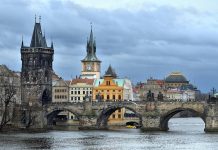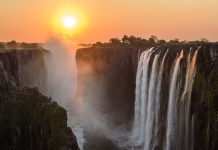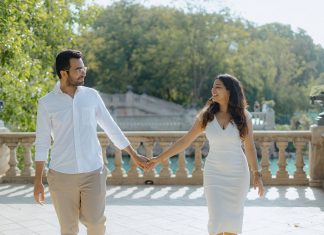The’ Treasured Islands’ of Samoa are the crowning jewels of the South Pacific. Surrounded by the warm crystal clear blue waters of the Pacific Ocean , here travelers will find islands blessed with natural beauty, a tropical paradise where the environment is pristine, the people friendly and hospitable and a living culture treasured by all.
Discover what the great writers of the 18th Century, Rupert Brooke and Robert Louis Stevenson, discovered during their visits to Samoa after searching the world for paradise. Samoa’s natural wonders of waterfalls, rainforests, mountains, volcanoes, and miles of white sand beaches beckon the adventurer seeking peace and quiet away from the hustle and bustle of modern society.The Samoan people are eager to play hosts to visitors from afar and share their hospitality.
Experience a holiday destination like no other, uniquely tropical, exciting and distinctively Samoan.
Independent Samoa is the official name of the islands but many people still know it by its old name of Western Samoa .
Samoa is located east of the International Dateline between longitudes 171 and 172 degrees west and latitudes 13 and 14 degrees south of the Equator. It is about 2890km from Auckland , 1200km from Suva , 4400km from Sydney and 8400km from Los Angeles .
Samoa is comprised of two relatively large islands, Upolu and Savaii (which account for approximately 96% of the total land area) and eight smaller islands. The capital Apia and Faleolo International Airport are located on the island of Upolu . Total land area is 2934 sq km. The islands are volcanic and dominated by rugged mountain ranges with a fringe of coral reefs and lagoons which surround the islands.
Samoa’ s tropical climate and fertile soils offer a wide range of flora from tropical rainforests to scrublands, marshes and swamps. Animal species include flying foxes, land and sea birds, skinks and geckos. In the surrounding ocean, dolphins, whales and porpoises migrate through Samoa’ s waters, while turtles are regular visitors to our islands. The surrounding reefs around the islands are home to some 900 fish species and over 200 varieties of coral.
Samoa is a traditional society with a distinctive Polynesian cultural heritage. There are over 362 villages in Samoa with a total of 18,000 matai (chiefs). Villages are made up of customary land owned by the extended family units called aiga, whose head is a matai (chief). Traditional authority is vested in the matai of the village. The central structure in each village is the church as well as the Fale Fono, where the matais meet to discuss village matters.











